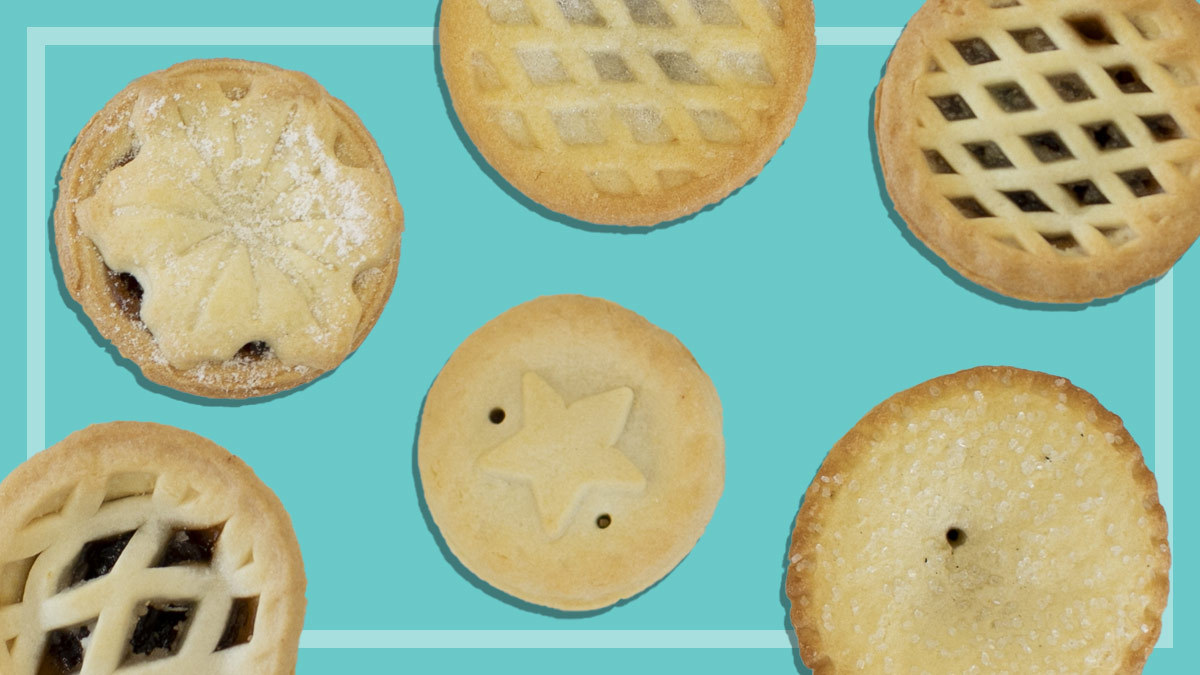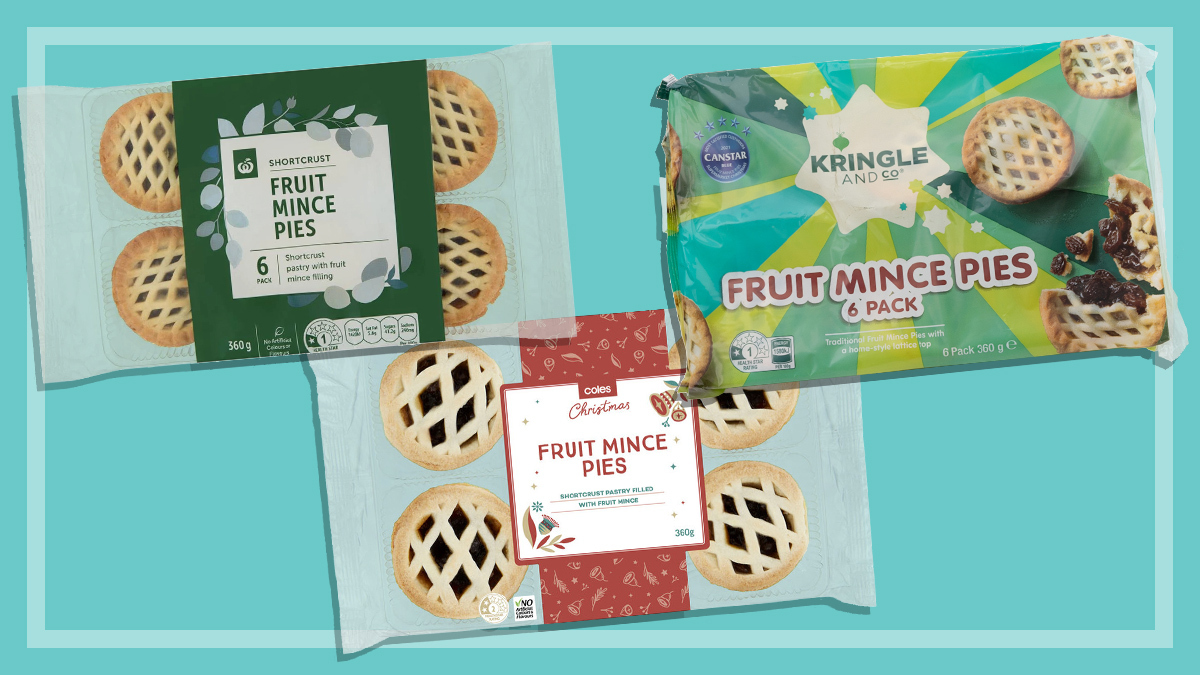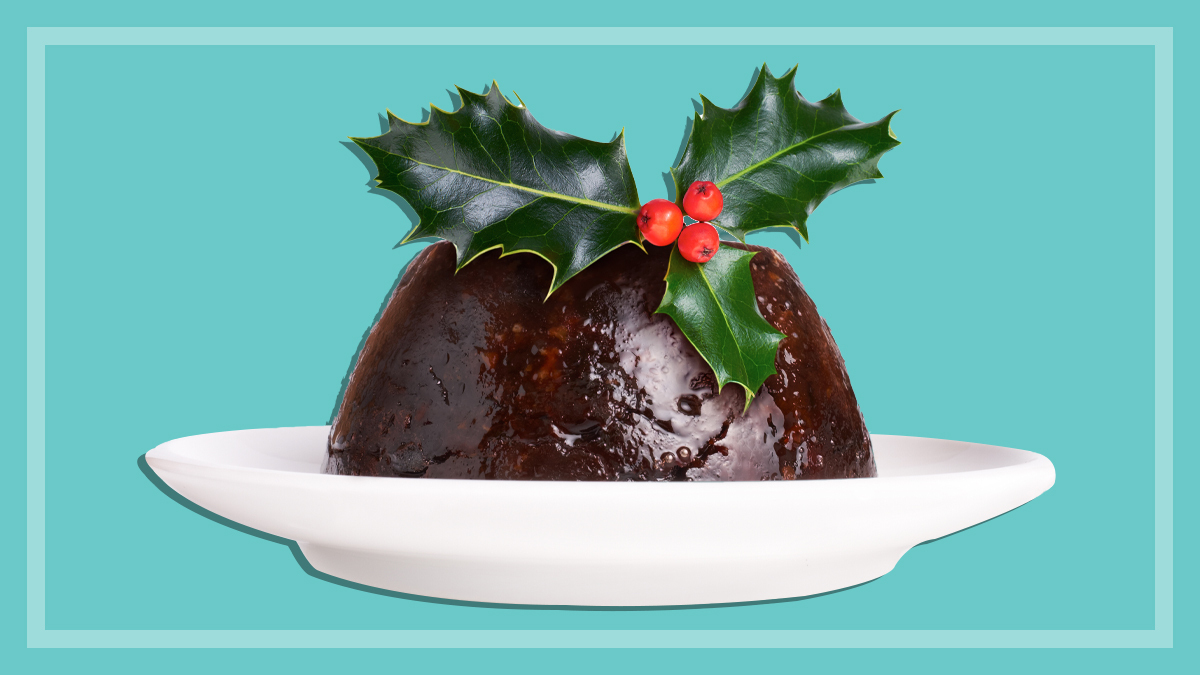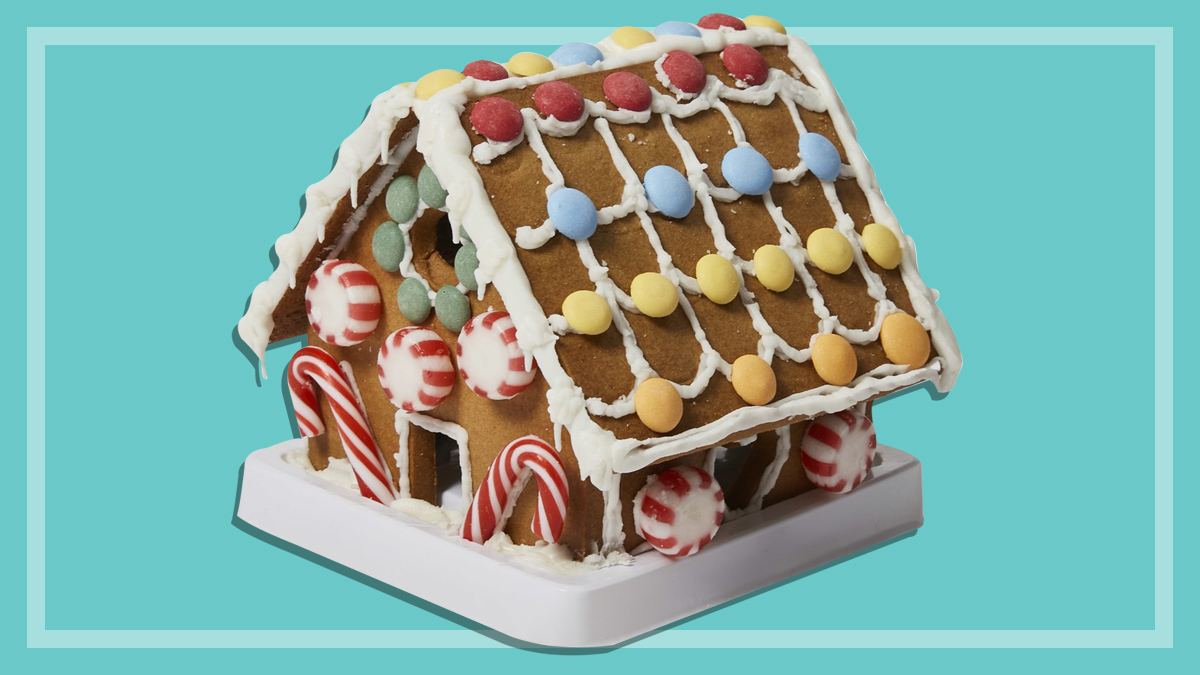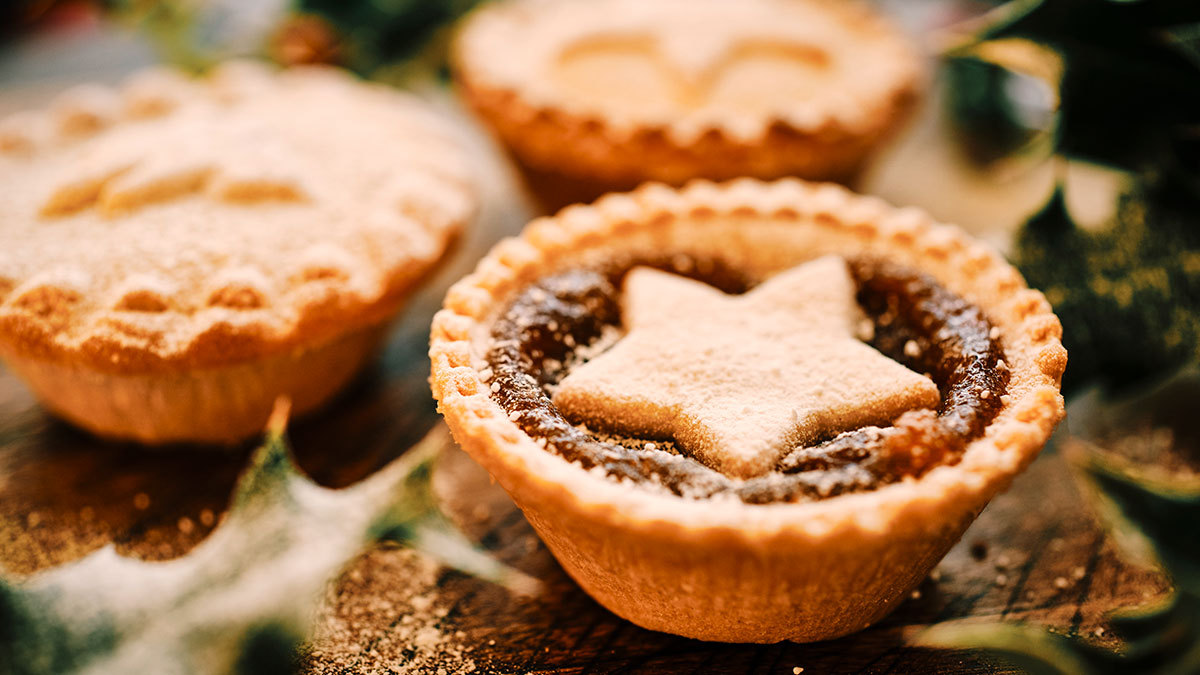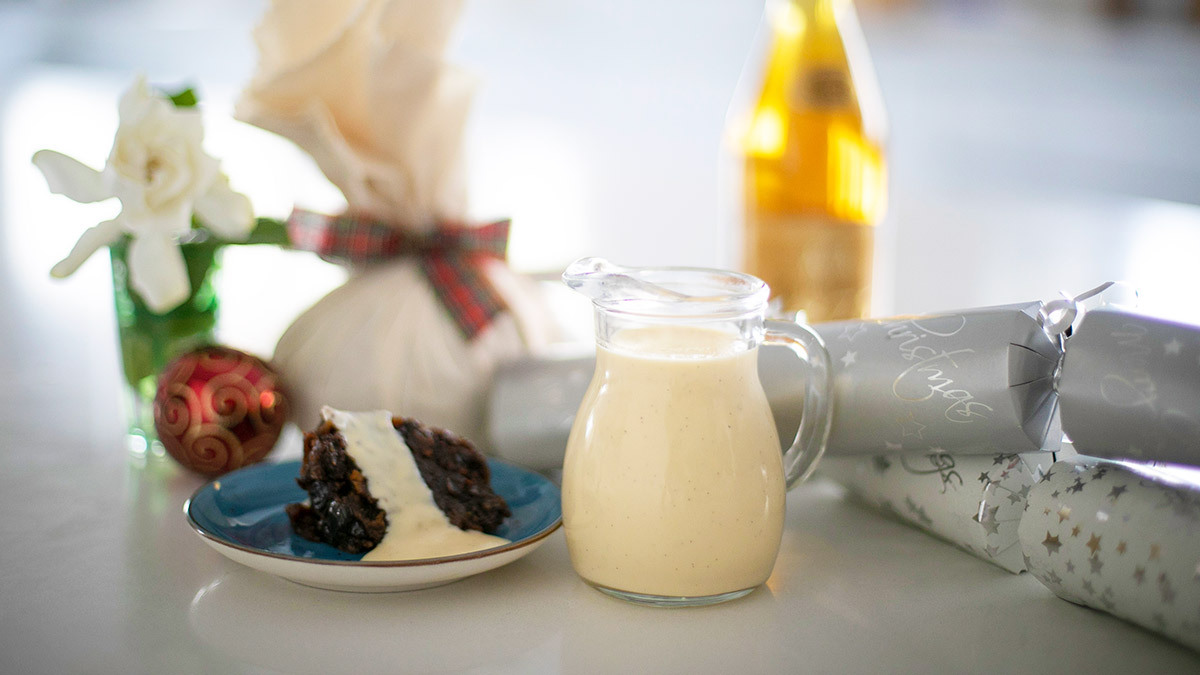Get our independent lab tests, expert reviews and honest advice.
What’s the best Christmas shortbread?
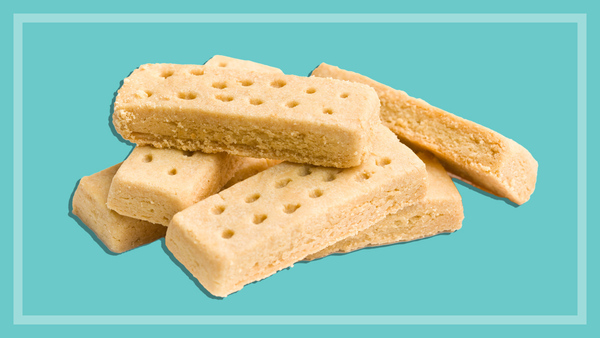
Shortbread is sold all year round but it comes into its own at Christmas when you can find shortbread products in a range of festive flavours, shapes and packaging on supermarket shelves alongside more traditional varieties.
On this page:
It’s the perfect treat to give your neighbours or your kids’ teachers, contribute for your office morning teas, or just have in the bickie tin at home during the silly season.
So which store-bought Christmas shortbread is best? We tested 10 festive shortbread products from brands including IGA’s Signature Collection, Mac’s, Walkers, Coles Bakery and Woolworths Gold to find out.
Our CHOICE Score is based on the overall taste rating (see How we test for details).
Best tasting shortbread
The highest rating shortbreads, all with a CHOICE score of 70% or more, are:
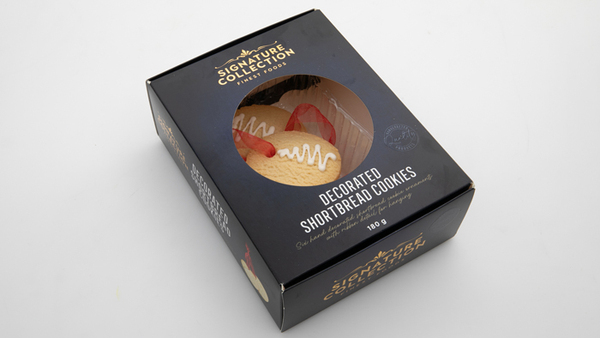
IGA Signature Decorated Shortbread Cookies
- CHOICE score: 77%
- Price: $9.50 for 180g pack ($1.58 per biscuit)
- Tasting notes: “Perfectly round, neat icing decoration. Not too sweet, slightly buttery. Slightly crumbly, with slight resistance to chew – not so melt in your mouth. Vanilla flavour and aroma. Pale golden appearance. A pretty ornament for the Christmas tree.”
- Need to know: This product is the most expensive on test, but also received the highest appearance score of all the products we looked at. The decorative icing contains egg white.
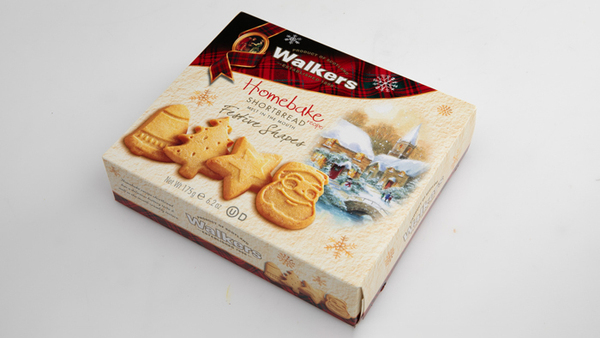
Walkers Homebake Shortbread Festive Shapes
- CHOICE score: 75%
- Price: $5.00 for 175g pack ($0.42 per biscuit)
- Tasting notes: “Pale golden, with a little sugar sprinkled on top. Assorted shapes, with a homemade look. Buttery, not too sweet, slightly salty. Crumbly, crisp, crunchy, melt in your mouth at the end.”
- Need to know: This product received the highest flavour score. It’s 32% butter, one of the most buttery shortbreads in our test.
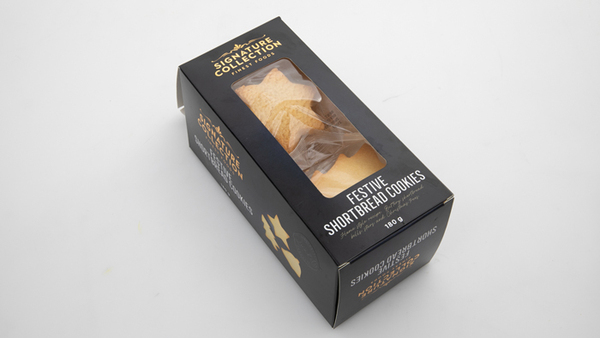
IGA Signature Festive Shortbread Cookies
- CHOICE score: 70%
- Price: $4.50 for 180g pack ($0.50 per biscuit)
- Tasting notes: “Perfectly shaped, good size and thickness. Slightly darker on points. Vanilla flavour, not too sweet. Firm, crunchy, slight melt in your mouth. Good, consistent quality of finish.”
- Need to know: This product scored amongst the top three for appearance and baked quality.
Taste scores for all 10 shortbreads we tested are included in the table below.
Christmas shortbread taste test
In rank order from highest to lowest CHOICE Score:
- IGA Signature Decorated Shortbread Cookies 77%
- Walkers Homebake Shortbread Festive Shapes 75%
- IGA Signature Festive Shortbread Cookies 70%
- Woolworths Bakery Lemon & Macadamia Shortbread Stars 66%
- Coles Bakery Pear & Davidson Plum Filled Shortbread 64%
- Woolworths Bakery Cinnamon & Vanilla Shortbread Tree 64%
- Woolworths Bakery Fruit Mince Filled Shortbread 62%
- Mac’s Butter Shortbread Festive Shapes 60%
- Woolworths Gold Roasted Almond Shortbread 58%
- Coles Bakery Butter Shortbread Christmas Trees 44%
Shortbread ingredients
The origin of shortbread dates back to Scotland in medieval times. The traditional recipe is one part sugar, two parts ‘shortening’ (usually butter) and three parts flour (originally fine oatmeal – a staple Scottish ingredient – but now more commonly wheat flour).
Other ingredients are sometimes added for taste or, like cornflour or rice flour, to lighten the texture. Interestingly, our three top tasting shortbreads are the only products we tested that contain cornflour in addition to wheat flour (and the Walkers shortbread also contains rice flour).
Amongst the shortbreads in our test, additional ingredients used include margarine, egg, salt, cinnamon, vanilla, lemon, almonds, macadamia nuts and fruit fillings.
Did you know?
The word ‘shortening’ has been used since the early 19th century to describe fats (such as butter) or oils that ‘shorten’ dough, making the final product more crumbly or friable – hence why buttery, crumbly shortbread got its name.
Our easy shortbread recipe
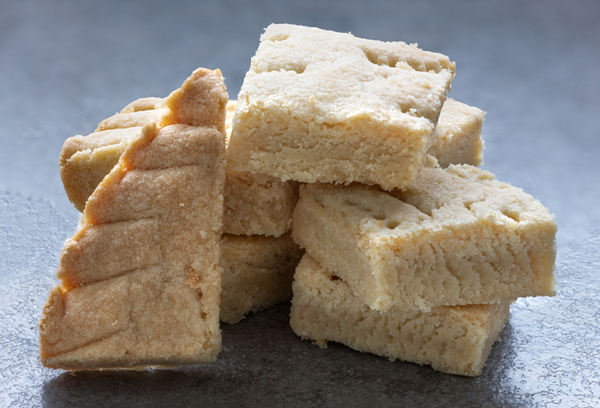
Make your own delicious shortbread to share with friends and family at Christmas using our home economist Fiona Mair’s simple shortbread recipe.
Ingredients
- 250g butter, slightly softened
- 1/3 cup (80g) caster sugar
- 2 ½ cups (375g) plain flour
- 1 tbsp water, (if needed)
- 2 tbsp white sugar
Method
1. Preheat oven to 160°C (fan-forced). Grease and line a 23cm square tin. Extend the baking paper to overlap 2 sides – this will assist in removing the baked shortbread.
2. Place butter, caster sugar and plain flour in a food processor bowl. Using the processor blade, process until dough comes together to form a ball. If too crumbly, add the water. If using a hand mixer, place butter and sugar in a large bowl and cream together on medium until light and fluffy. In two batches, fold in water and flour. Turn onto a lightly-floured surface and knead until smooth.
3. Press the shortbread dough into the tin evenly, pressing firmly. With a light hand, use a knife to cut a 6 X 3 grid in the dough – this makes cutting easier after baking. Prick the shortbread with a fork five times for each portion. Sprinkle with white sugar.
4. Bake shortbread for 40 minutes. Allow to cool in the tin for 5 minutes.
5. Gently remove the shortbread onto a cutting board and cut along the markings with a sharp knife to cut into portions. Place onto a cooling rack.
6. Once cooled, store in an airtight container.
Tips
- To help to get an even layer of dough, roll out the dough gently on the baking paper lined for the tin, as close to the size of the base as possible, then gently lower the dough into the tin with the baking paper and flatten the dough evenly over the base.
- If the dough is too soft, place in the fridge to firm for 15 mins. Soft dough indicates that the butter is starting to melt, and this can create a hard texture which won’t melt in the mouth.
- The shortbread will be very delicate when removed from the oven. Allow to cool slightly before cutting and moving.
- Optional: Add lemon zest, chopped nuts or candied citrus peel after processing the dough if desired.
Video: How to make shortbread
How we test
Products
We tested 10 Christmas shortbread products sold in major supermarket chains.
This included products that say ‘Christmas’ or ‘Festive’ in the product name, are in festive shapes, have Christmas imagery on the pack and/or have been promoted in the supermarket’s Christmas range.
Price is based on the pack size specified (not on special) in November 2021.
Tasting
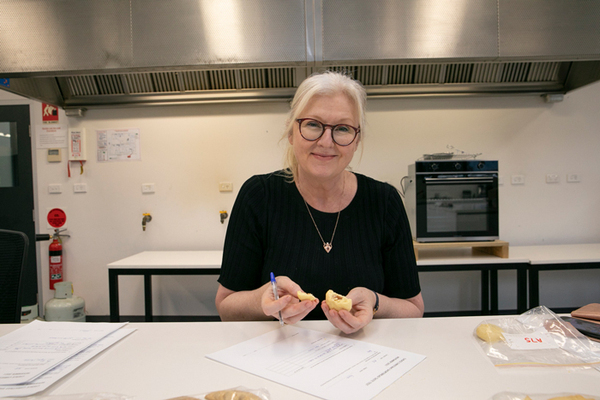
Our judge, Fiona Mair, tasted the shortbread ‘blind’ (without knowing the brands), then scored and wrote tasting notes for each coded sample.
Fiona has cooked more than 8000 scones, 4000 chickens, 3000 sausages, 1000 meringues and 500 pizzas, to test more than 3000 appliances, in the years she has worked at CHOICE as a test coordinator. She develops the recipes for testing kitchen appliances, helps conduct food taste tests, and has judged coffee in the testing of coffee machines.
Fiona has a finely tuned palate and has been on the judging panel for a number of taste tests for CHOICE, including strawberry jam and pesto. More recently she has judged in the specialty food category for the Royal Agricultural Society Fine Food competition.
Scores
The CHOICE Score is made up of:
- appearance (35%)
- flavour (25%)
- baked quality (20%)
- quality of finish (20%).
We recommend Christmas shortbread with a CHOICE score of 70% or more.

